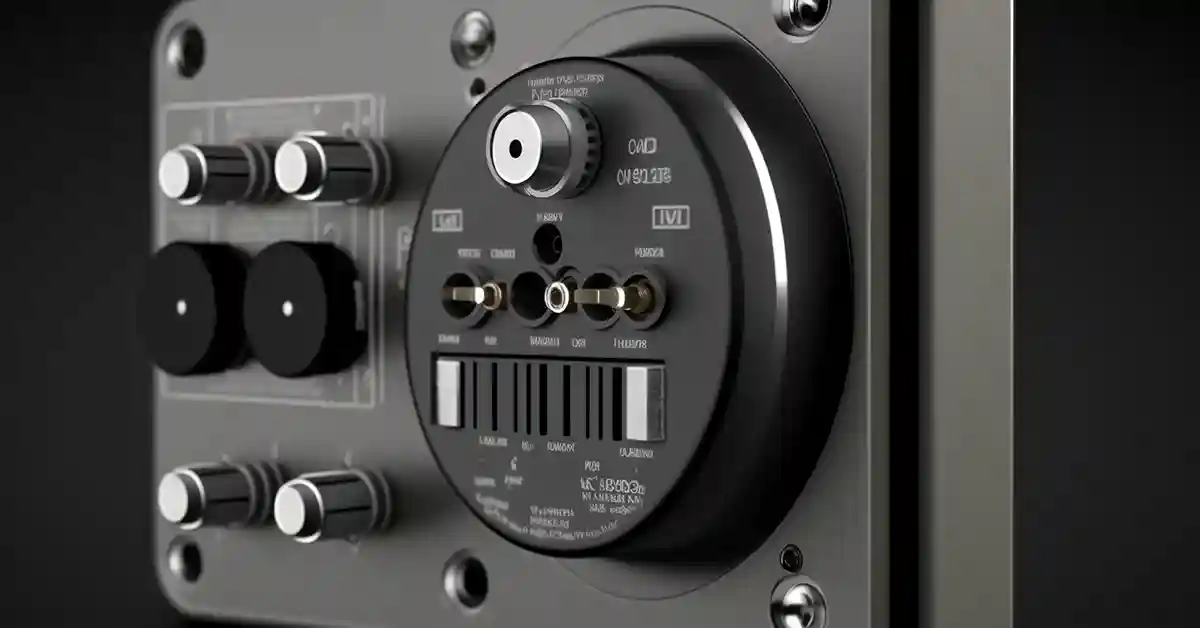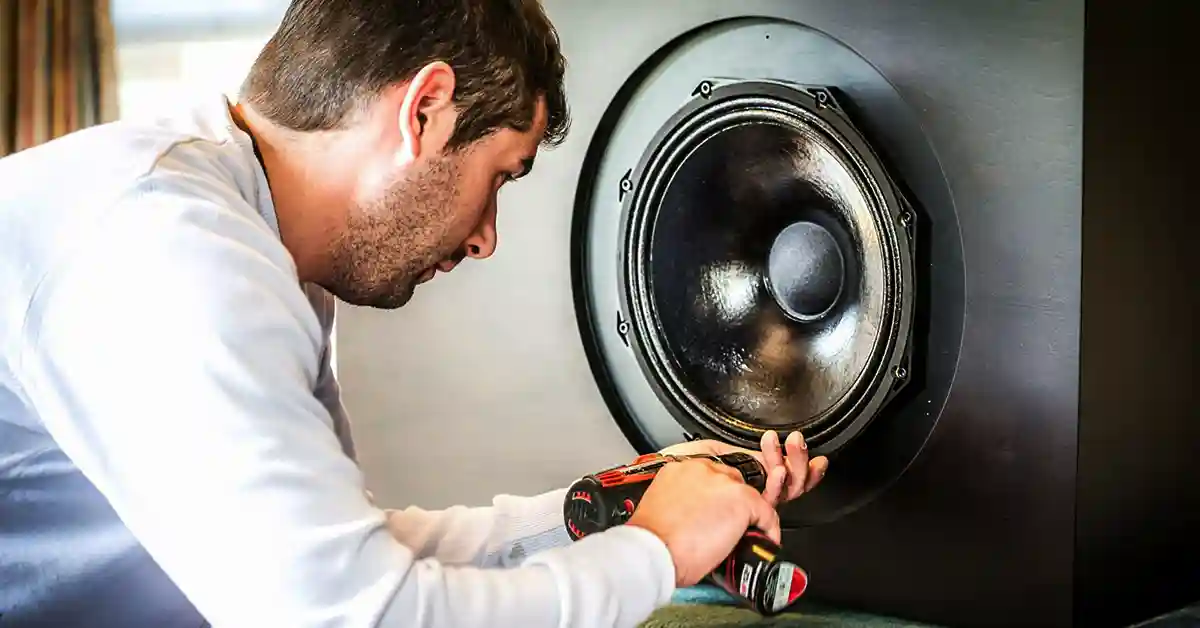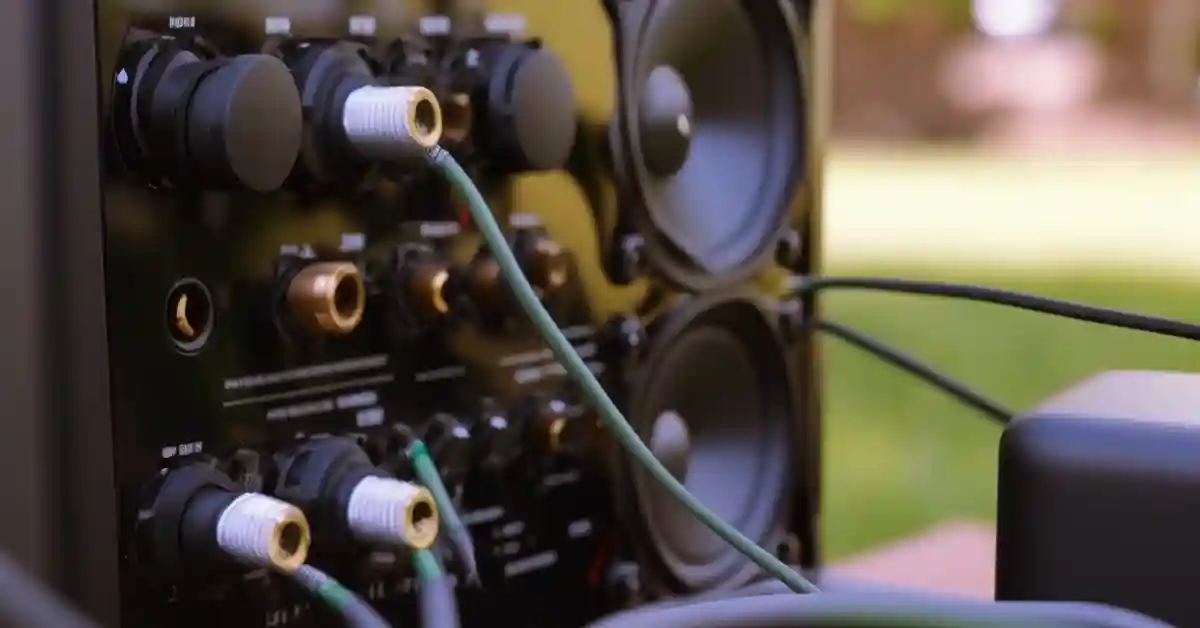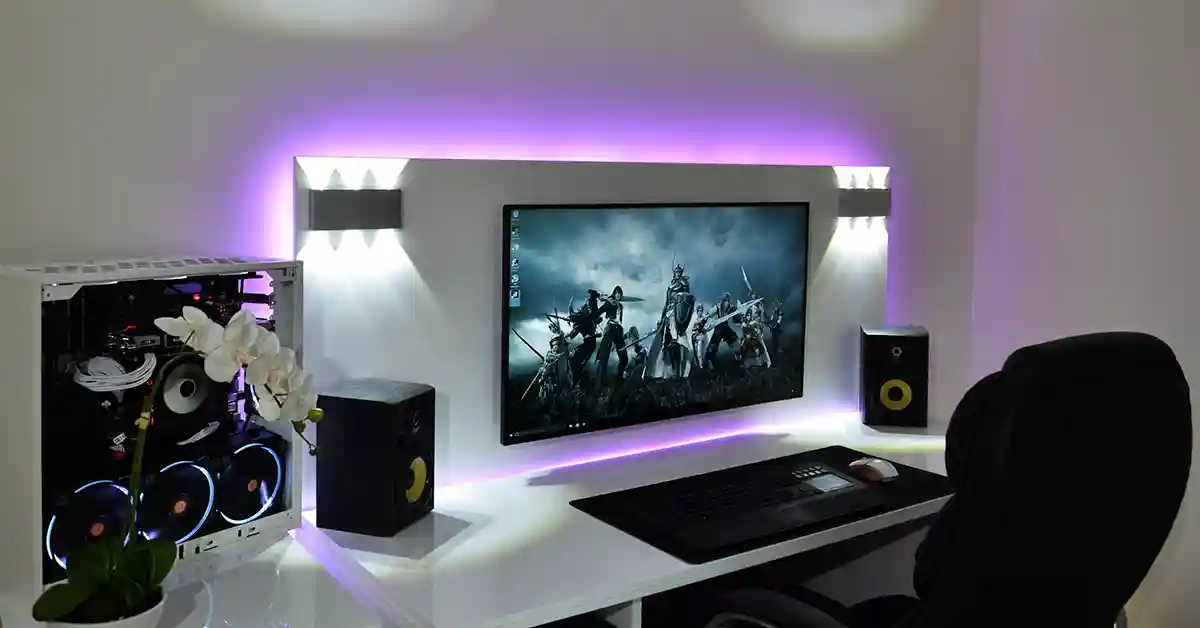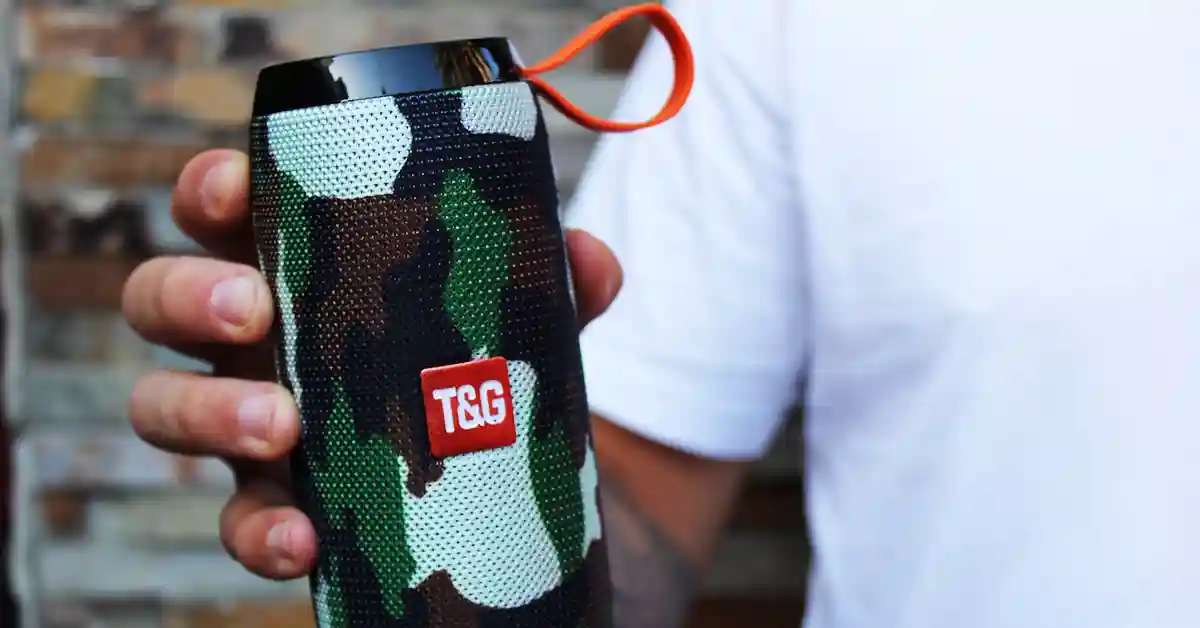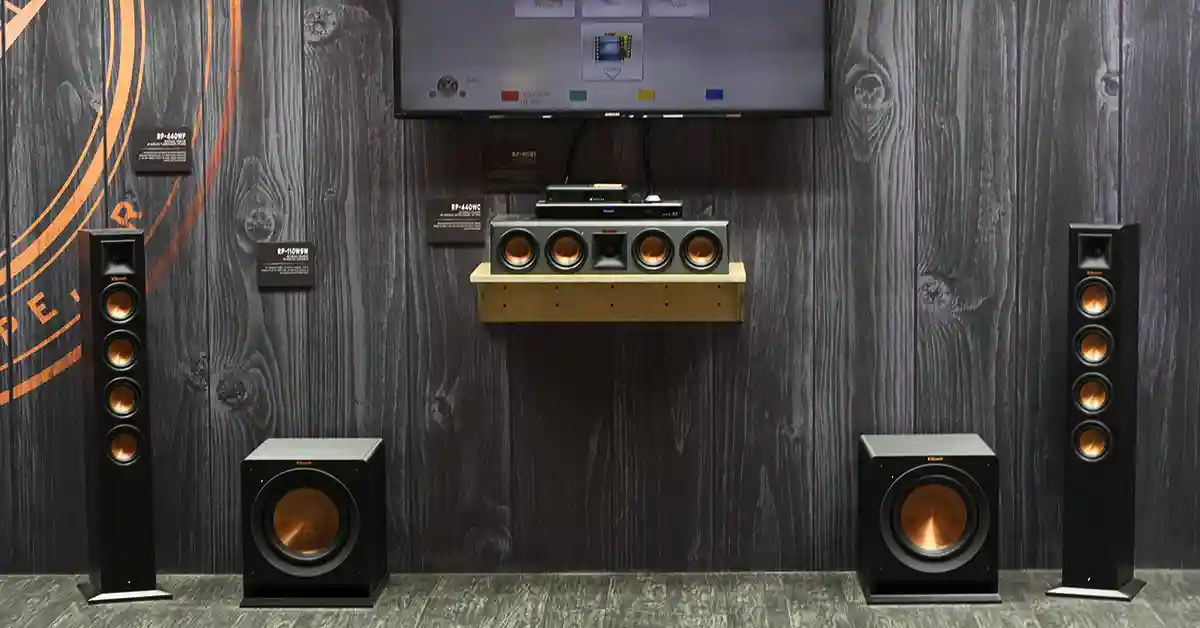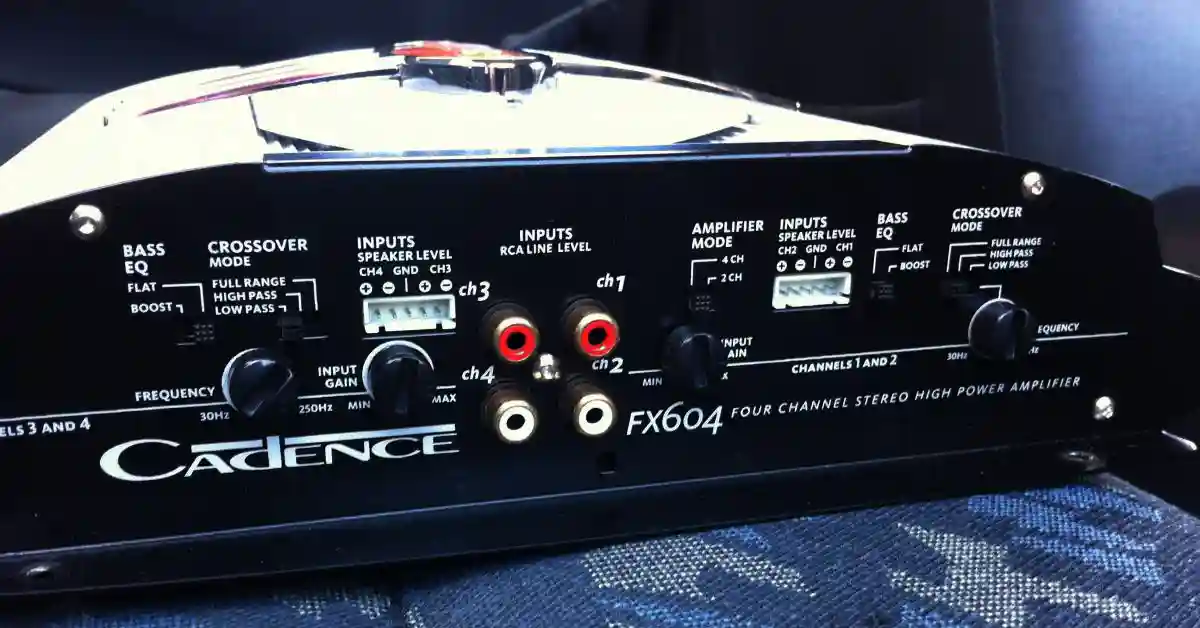LED Speaker Wiring: How To Wire LED Lights To Speakers
Do you want to add a bit of extra life to your home theatre system? Consider wiring LED lights to your speakers and watch them pulse in time with the music.
Whether you want a subtle glow or an explosive rainbow display, adding LEDs can take your entertainment experience from "meh" to magnificent. With just a few supplies and basic wiring knowledge, you'll be ready to rock out in style with custom lighting synced up for optimum effect.
Today, we'll explain how to wire LED lights to speakers so you can create light shows guaranteed to enhance any gathering. Ready to learn this cool skill? Let's dive in!
What Materials You'll Need
Before you learn how to connect LED to speaker, here's a quick list of supplies to keep handy:
- LED strip lights
- Sound-to-light controller or LED music controller
- Speakers
- Appropriate power supply (usually 12V DC)
- Connectors and wires
- Soldering iron
- Screwdriver
- Electrical tape or wire connectors
- Wire strippers or cutters
- Heat shrink tubing (optional)
Wiring LED Lights To Speakers
When your essentials are ready, it's time to figure out how to make LED lights pulse to music. Doing so will add a visual element to your audio system. The LED lights will sync with the music, providing a lively atmosphere for parties or personal enjoyment.
Here's how you can do this seemingly tricky task:
- Connect the LED controller to the audio source. If you have a controller with a built-in microphone (which is the most common), place it near your speakers, ensuring the microphone is facing the sound source. Next, connect the controller to the 12V DC power supply.
- Measure the desired length of LED strip lights for your project.
- Cut the strip lights along the designated cutting points, typically marked by a line or scissors icon.
- If necessary, solder the additional wire to the cut end of the LED strip to reach the LED controller. Use heat shrink tubing to protect the solder joints.
- Identify the positive (+) and negative (-) terminals on both the LED strip and the controller.
- Connect the LED strip's positive terminal to the controller's positive terminal. And do vice versa for the negative terminal.
- Secure the connections using electrical tape or wire connectors.
- Before mounting the LED strip lights, test the setup to ensure proper synchronisation between the audio and lighting.
- Turn on your audio system and play music.
- Turn on the LED controller and observe the LED strip lights.
- Adjust the sensitivity settings on the controller (if available) to achieve the desired synchronisation.
If all goes well, congrats - you now know how to make LED lights pulse to music. You can do this for your home stereo, your car's audio system, or when hosting events to add extra pizzazz to the ambience.
List Of Speaker Wire Colours
If speaker wires often confuse you, we got you. Since these wires are not standardised, knowing how to wire LED lights to speakers can sometimes get challenging. But if you remember the following main colour codes in the speaker wire, adding LED lights that flash with bass to your sound system will be easy.
So, here goes:
- The red wire indicates the positive (+) terminal of the right channel.
- Black wires mean the right channel's negative (-) terminal in a stereo system or home theatre setup.
- White wires are generally used for the left channel's positive (+) terminal.
- The green colour is often the negative (-) terminal of the left channel.
It might sound complicated, but if you remember these four colours, knowing how to wire LED lights to speakers will get easier.
Which LED Lights Are the Best for Speakers?
Now that you know how you can connect LED lights to a speaker, let's discuss in detail which lights you should get. Since you cannot attach any strip lights to a sound system and call it a day, here's what you must look for if your goal is to lighten up the speaker:
Power Consumption
Choose LED light strips with lower power consumption for energy efficiency. In general, power consumption for LED strips ranges from 5 to 15 watts per metre, depending on the LED density and type. Also note that lower power consumption may lead to less brightness, so find a balance between energy efficiency and the desired brightness level for your setup.
Heat Protection
When understanding how to connect LED to speaker, test its heat protection capacity because light strips can generate heat during operation, especially when used for extended periods. Get LED strips that have built-in heat protection features, such as heat sinks or aluminium channels, to help dissipate the heat. This will help extend the lifespan of the LED strip and reduce the risk of damage to the strip or the surfaces it's attached to.
Voltage and Current
LED light strips typically operate at either 12V or 24V DC. A 24V strip will have less voltage drop, resulting in more consistent brightness along the length of the strip. It's essential to use an appropriate power supply that matches the voltage and current requirements of the LED strip. Always check the manufacturer's recommendations for the correct power supply.
Colour Range and Control
Next up, check the colour range of your light strips while figuring out how to wire LED lights to speakers. Most strips offer a wide colour range and customisable lighting patterns to create a more immersive audio-visual experience. Some LED strips can produce millions of colours, while others offer only a single colour or a limited colour palette. Also, check the control options available, such as smartphone apps, remote controls, or built-in microphones for music synchronisation.
Installation and Flexibility
LED lights that flash with bass should be easy to install and flexible enough to fit your audio system. Some LED strips come with adhesive backing for easy installation, while others may require additional mounting hardware. Flexible strips are suitable for installation around curved surfaces or in tight spaces.
Waterproofing
If you are using LED lights that flash with bass in an area where it may be exposed to moisture, such as outdoors or in a bathroom, consider a waterproof LED strip. These strips typically have an IP rating (e.g., IP65 or IP67) that indicates protection against water and dust.
How to Choose the Right LED Controller?
Another tricky thing you'll come across when learning how to connect LED to speaker is which controller to choose. Ideally, you should get one with sound-to-light or music synchronisation features. These controllers have built-in microphones or line inputs to detect sound and create lighting patterns based on the music's rhythm and intensity.
You can also get an LED controller with a line input. These devices have an auxiliary input, allowing you to connect them directly to your audio source.
Things To Keep In Mind While Wiring Led Lights To Speakers
Now that you know how to wire LED lights to speakers, here are some helpful tips to remember while doing so:
Safety First
Before starting any project involving electricity, disconnect all power sources to avoid any accidental electric shocks. Always carefully handle LEDs and electrical components, and follow the manufacturer's instructions for proper installation and use.
Choose the Right LED Lights
LED lights that flash with bass have different brightness levels, colours, and control options. Choose strips specifically designed for audio synchronisation, as they often include built-in circuits for syncing to music. Also, consider the power requirements, as some LEDs may require external power sources.
Compatibility
When learning how to connect LED to speaker, check your sound system's compatibility. Check the voltage and power requirements of both the speakers and the LED lights to avoid overloading or damaging any components. Verifying that the LED control system can work with your particular speaker setup is essential.
Aesthetics And Placement
Knowing how to make LED lights pulse to music gets effortless when you consider how they appear when synced with your speakers. Do you want them to surround the speaker cones, be placed along the edges, or be mounted on the speaker enclosure? Carefully plan your LED placement to maximise visual appeal while avoiding interference with the speaker's performance.
Consider Heat Dissipation
LED lights that flash with bass can also generate heat, especially when used for extended periods. Ensure proper heat dissipation by choosing LEDs with built-in heat sinks or using additional cooling methods such as fans. Overheating may damage the LED lights and your speakers, so you must monitor their temperature levels.
Test And Fine-Tune
When your LED lights are wired to your speakers, test the system to ensure proper synchronisation and performance. You may need to fine-tune the LED controller settings or adjust the placement of the lights for optimal audio-visual synchronisation. Take the time to perfect your setup to achieve the desired effect and protect your audio equipment from potential damage.
Troubleshooting Common Issues
Knowing how can you connect LED lights to a speaker is a step-by-step process. If you follow them closely, your project will be a success. But sometimes, certain issues can come up, and you should know how to tackle them.
Here are some things you can troubleshoot in LED lights that flash with music:
1. LED Lights Not Responding To Sound
Here are a few ways you can fix the problem of LED lights not responding to sound:
- Ensure that the audio input is correctly connected to the sound-sensitive controller. Also, check that the LED strip is correctly connected to the controller's output.
- Most sound-sensitive controllers have a sensitivity adjustment knob or option. Try adjusting the sensitivity to ensure the LED lights are responding to the audio levels.
- Connect a different audio source to the controller to determine if the issue lies with the original audio source or the controller itself.
2. Uneven Brightness Or Colour Issues
If your LED lights that flash with bass show uneven brightness, try these tricks to overcome this trouble:
- An insufficient power supply can cause uneven brightness or colour issues. Make sure that the power supply is adequate for the total length of the LED strip.
- If the LED strip is very long, there can be a voltage drop across the strip that causes uneven brightness. Using a higher voltage power supply (within the rated voltage range) or adding a power amplifier to mitigate this issue is good.
- Make all connections between the LED strip segments and the controller secure and properly aligned.
- Inspect the LED strip for any damaged LEDs or segments and replace the damaged sections as needed.
3. Controller Connectivity Problems
Another common issue people face when learning how to make LED lights pulse to music is the connectivity aspect. Here are a few ways to tackle it:
- If you are using a wireless controller, ensure that the controller is within range of the receiver and that there are no obstructions or interference that could affect the signal.
- Check if there are any firmware updates available for your controller, as they might fix connectivity issues.
- Repair or reset the connection between the controller and the receiver. Consult the user manual for the specific process for your device.
- Ensure that the controller is compatible with the LED strip and receiver being used. Some controllers may only work with specific types of LED strips or receivers.
- If possible, test your setup with another controller to determine if the issue lies with the controller or the LED strip/receiver.
FAQs
Can I wire LED lights with speaker wire?
You can wire LED lights with speaker wire as both are designed to transmit electrical current. However, it is not always the ideal solution. Speaker wire is generally intended to carry audio signals rather than providing power to devices like LED lights. So understand this point while learning how can you connect LED lights to a speaker.
Can you use speaker wire for low-voltage LED lights?
While it is possible to use speaker wire for low-voltage LED lights, it is not recommended. The speaker wire is designed for transmitting audio signals, not for delivering power. Doing so can lead to insufficient power delivery, voltage drops or even overheating, potentially causing damage to the LED lights or creating a safety hazard. Instead, you should use wires specifically designed for low-voltage LED lighting applications.
Can I use a speaker wire for 12V LED lights?
Not always. It is better to use wires specifically designed for LED lighting applications, as they will have the appropriate gauge, insulation, and connectors to ensure proper functionality and safety.
How do I connect LED lights to my home theatre?
To connect LED lights to your home theatre, follow these steps:
- Select LED strip lights or other LED lighting products compatible with your home theatre setup, ensuring they meet your desired brightness, colour, and control requirements.
- Determine where to install the LED lights and measure the length required. Identify the power source and choose a suitable LED driver, ensuring it can handle the total power consumption of the LED lights.
- Use the appropriate wires and connectors designed for LED lighting and connect the LED lights to the LED driver. If necessary, use a soldering iron to secure connections.
- Safely connect the LED driver to the power source, making sure all connections are secure.
- Attach the LED lights to the desired locations using adhesive tape, clips, or other mounting accessories provided by the manufacturer.
- Turn on the LED lights and verify they function correctly, adjusting settings and connections as needed.
Rounding Up
When testing how to wire LED lights to speakers, keep in mind the specifics of what type of wiring, tools, and materials you'll need – as well as know how to properly configure them.
Whether it's your first time taking a crack at this project or you're well-versed in home improvement tasks, the satisfaction of successfully installing LED lights is worth the effort once they're up and running. With good planning and attention to detail, you can create stunning visuals that offer endless opportunities for creative expression - all from the comfort of your home!
Related Articles

